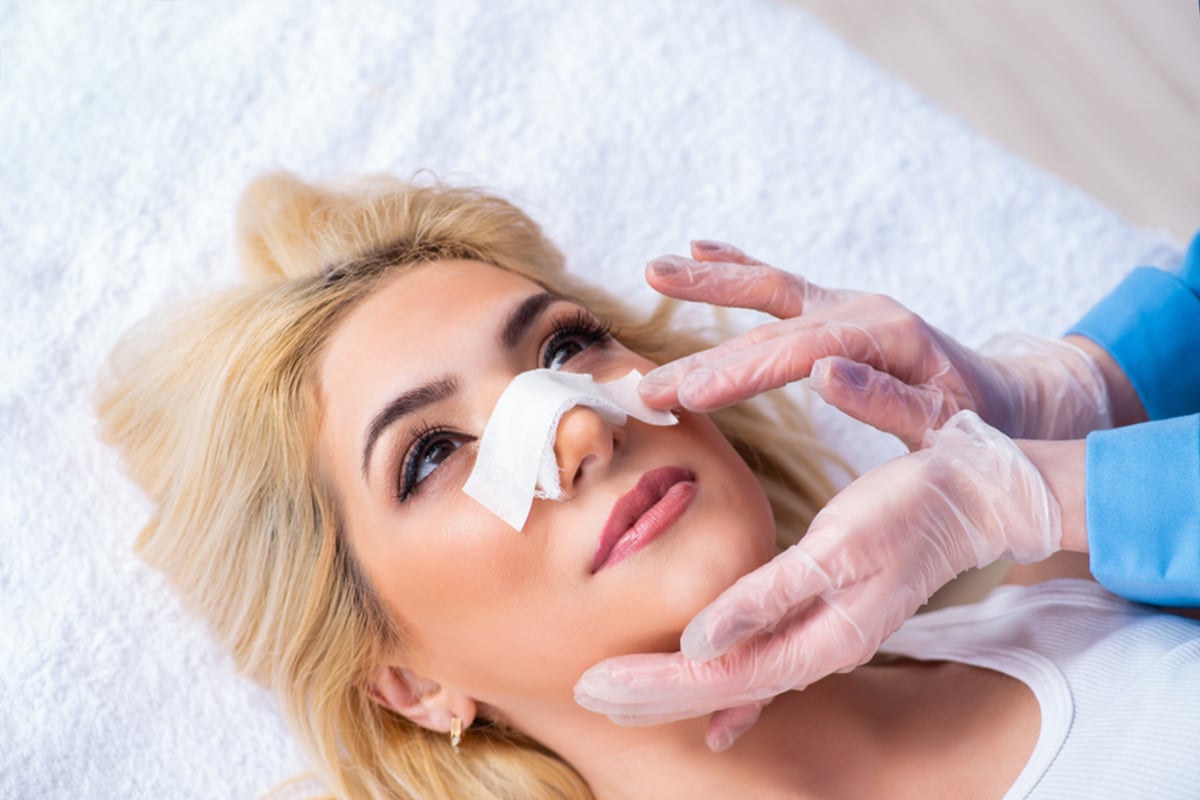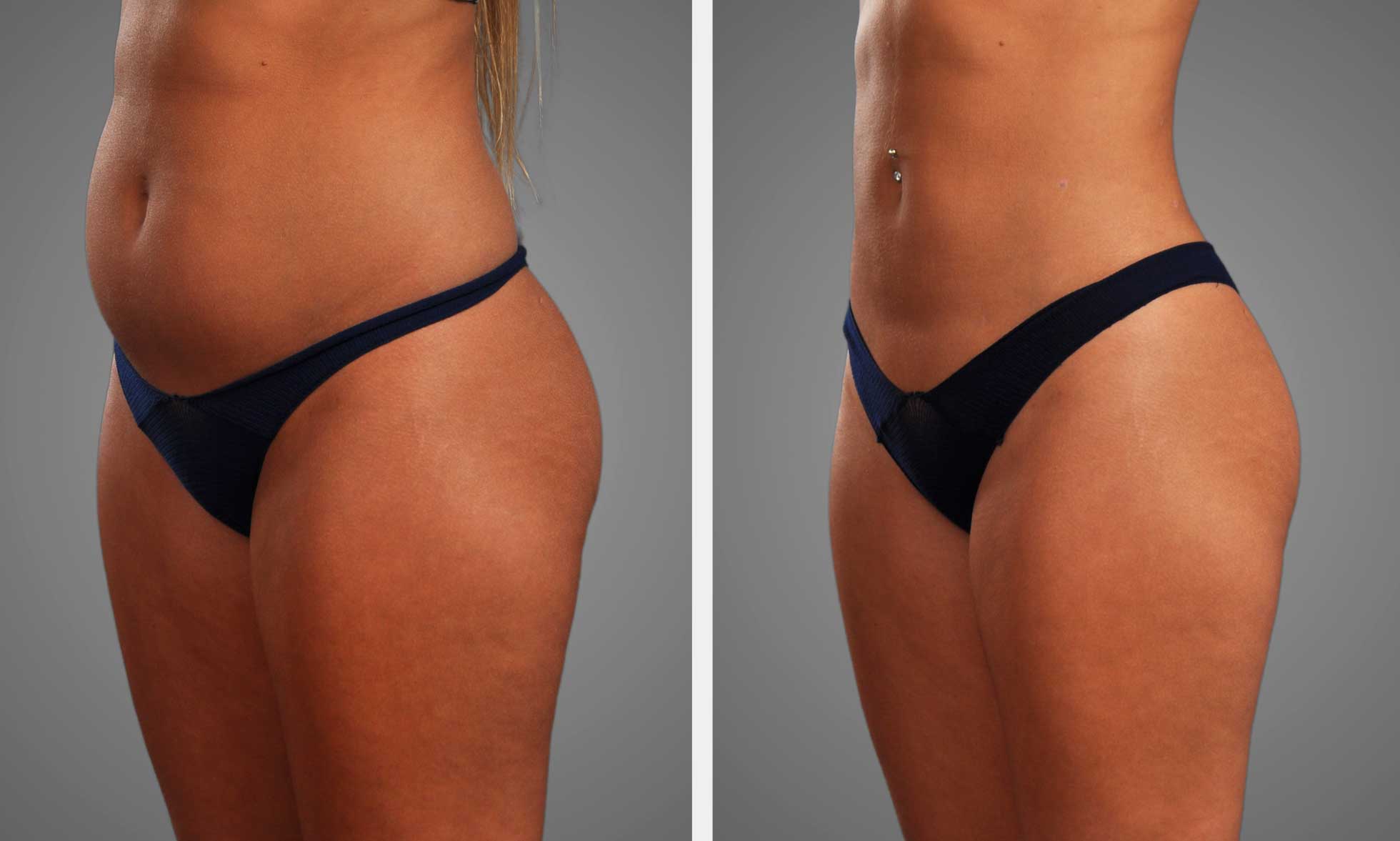Recovering from a nose job can feel like navigating through uncharted waters, where excitement for the new you meets the patience of healing. Unlike the straightforward process of deciding on a nose job, the recovery phase is layered with nuances that demand attention and care. From managing expectations to following post-operative instructions meticulously, this journey is as much about emotional resilience as it is about physical healing. This blog post aims to shed light on the essential aspects of nose job recovery, offering guidance and support to ensure your path to recovery is as smooth as possible.
Before the Rhinoplasty
Consultation Goals
Patients should discuss expectations and desired outcomes with their surgeon. This ensures clarity and sets realistic goals for both parties.
It’s vital to communicate what you hope to achieve with your nose job. Whether it’s correcting a deviated septum or achieving a certain aesthetic, being open about your goals helps tailor the surgical plan. Surgeons can use this information to advise on the best course of action.
Medication Review
List all current medications and supplements. Highlight any that might pose risks or require adjustments before surgery.
This step is crucial for avoiding complications during and after the rhinoplasty surgery. Certain medications can increase bleeding risk, while others might interfere with anesthesia. Your surgeon will guide you on which substances to pause or adjust.
Facial Assessment
Undergo a thorough facial examination and photography session. These aid in planning the surgery and visualizing potential results.
This process involves examining the structure of your nose, including cartilage and nasal passages. It also helps in understanding how your nose complements other facial features. Photographs taken from various angles provide a reference for both pre-surgery discussions and post-surgery outcomes.
Understanding Swelling Stages
Initial Weeks
After the rhinoplasty, the first four to six weeks are crucial. During this time, patients often notice significant swelling and possible changes in skin color around the nose area. This is a normal part of the healing process.
The body reacts to the surgical changes by increasing fluid in the tissue, causing swelling. It’s important for patients to follow their surgeon’s care instructions closely during this period.
Three Months Post-Op
By three months after surgery, a significant reduction in swelling occurs. Approximately 90% of swelling resolves, allowing most patients to see a clearer picture of their new nose shape.
However, it’s still not the final result. Patients should keep in mind that minor swelling can persist and continue to refine the nose’s appearance.
One Year Milestone
Patience is key when waiting for the final results of a rhinoplasty. Up to a year may be needed for minimal swelling to fully subside. Only then will the final shape of the nose be revealed.
This stage marks the completion of the healing process, where subtle refinements become visible, and patients can truly appreciate their new nasal contour.
Spotting Asymmetrical Healing
Healing Variations
Asymmetrical healing is a common occurrence during the recovery from a nose job. Patients often notice that one side of their nose swells more than the other. This can cause concern but is typically a normal part of the healing process.
It’s crucial to monitor these variations closely. Doing so helps in distinguishing between normal swelling and signs of potential complications. Regular check-ups with your surgeon are essential during this period.
Communication Key
Open communication with your surgeon plays a pivotal role in addressing concerns about asymmetry. If you notice irregularities or if one side seems to heal differently than expected, don’t hesitate to reach out.
Your surgeon can offer reassurance or decide if further evaluation is necessary. They can determine whether the asymmetry is part of the normal healing process or if it signals an issue that needs attention.

Patient Observations
Patients should keep a daily log of their recovery progress. Note any changes in swelling, discomfort, or appearance on both sides of the nose. This record can be invaluable during follow-up appointments.
Sharing detailed observations with your surgeon ensures that any unusual patterns are caught early. It also aids in tailoring post-operative care to your specific needs.
Pain Management Strategies
Prescribed Medication
After a nose job, managing pain is crucial. Surgeons often prescribe medication for this purpose. Patients should take these drugs exactly as directed. It’s a key part of the recovery process.
Patients must follow their surgeon’s advice closely. Doing so helps avoid complications and eases discomfort.
Cold Compresses
Applying cold compresses around the surgery area can significantly reduce swelling. It also helps with pain relief. However, it’s vital to avoid direct contact with the nose.
This practice is simple yet effective. Many find it brings immediate comfort during the initial days post-surgery.
Head Elevation
Keeping the head elevated is another essential strategy. This should be done even while sleeping. It helps minimize swelling and discomfort.
Elevating the head can be achieved with extra pillows or a recliner chair. This position promotes better healing and reduces pain in the early recovery phase.
Aftercare and Recovery Tips
Splint Care
Follow the surgeon’s instructions carefully for wearing the nasal splint. This is crucial to maintain your new nose shape. Changing any dressings as advised helps prevent infection.
It’s important to keep the splint dry and in place. Any deviation from these guidelines can affect the final results.
Activity Limitations
Avoid strenuous activities during recovery. This includes heavy lifting, jogging, or any exercise that increases blood pressure.
Facial impacts should be avoided at all costs. Protecting your nose is key in the first few weeks of healing. This caution aids in a smoother recovery process.
Follow-up Visits
Schedule follow-up appointments with your surgeon. These are vital for monitoring your healing progress.
During these visits, address any concerns you may have. Your health care provider can offer help and reassurance throughout the recovery period.
Attending these appointments ensures a positive experience and excellent care post-surgery.
Final Remarks
Recovery from a nose job is a journey, but with the right knowledge and care, you’ll navigate it like pros. Understanding the stages of swelling, recognizing asymmetrical healing, and applying effective pain management strategies are key. Your diligence in aftercare ensures a smoother recovery. Remember, each step you take following your rhinoplasty plays a crucial role in achieving those results you’ve been dreaming of.
Now, armed with these insights, you’re better prepared for what lies ahead. Don’t hesitate to reach out to your surgeon with any concerns or questions along the way. They’re your best resource. And hey, while you’re at it, why not share your experience? You could be the beacon of hope and guidance someone else needs on their own nose job journey. Let’s spread the word and support each other.
Frequently Asked Questions
How long does it take to fully recover from a rhinoplasty?
Full recovery from a rhinoplasty typically takes about 1 year for all swelling to subside and the final shape to stabilize. However, most people feel comfortable returning to their normal activities within 2-3 weeks.
What are the stages of swelling after a nose job?
Swelling after a nose job occurs in stages: initial swelling peaks within the first week, gradually decreases over the next 3 months, and then more subtle changes occur up to a year as the final contours emerge.
Is it normal for healing to be asymmetrical after rhinoplasty?
Yes, it’s common for healing to appear asymmetrical due to uneven swelling or differences in internal healing rates. This usually resolves as the healing process progresses.
What strategies can help manage pain after a nose job?
Pain management includes medications prescribed by your surgeon, applying cold compresses (not directly on the nose), keeping your head elevated, and avoiding strenuous activities that could increase blood pressure and cause more pain.
What are some essential aftercare tips following rhinoplasty?
Essential aftercare tips include keeping your head elevated, avoiding blowing your nose, using saline sprays for moisture, attending all follow-up appointments with your surgeon, and protecting your nose from sun exposure to ensure optimal healing.
How soon can I return to work after getting a nose job?
Most patients can return to work or school within 1-2 weeks post-surgery, depending on the nature of their job and how they feel. Jobs requiring physical exertion may require more time off.
Can I wear glasses immediately after my rhinoplasty procedure?
It’s advisable to avoid wearing glasses directly on the bridge of your nose for at least 4-6 weeks post-rhinoplasty. If necessary, use cheek rests or tape to minimize pressure on the nasal bridge during recovery.







